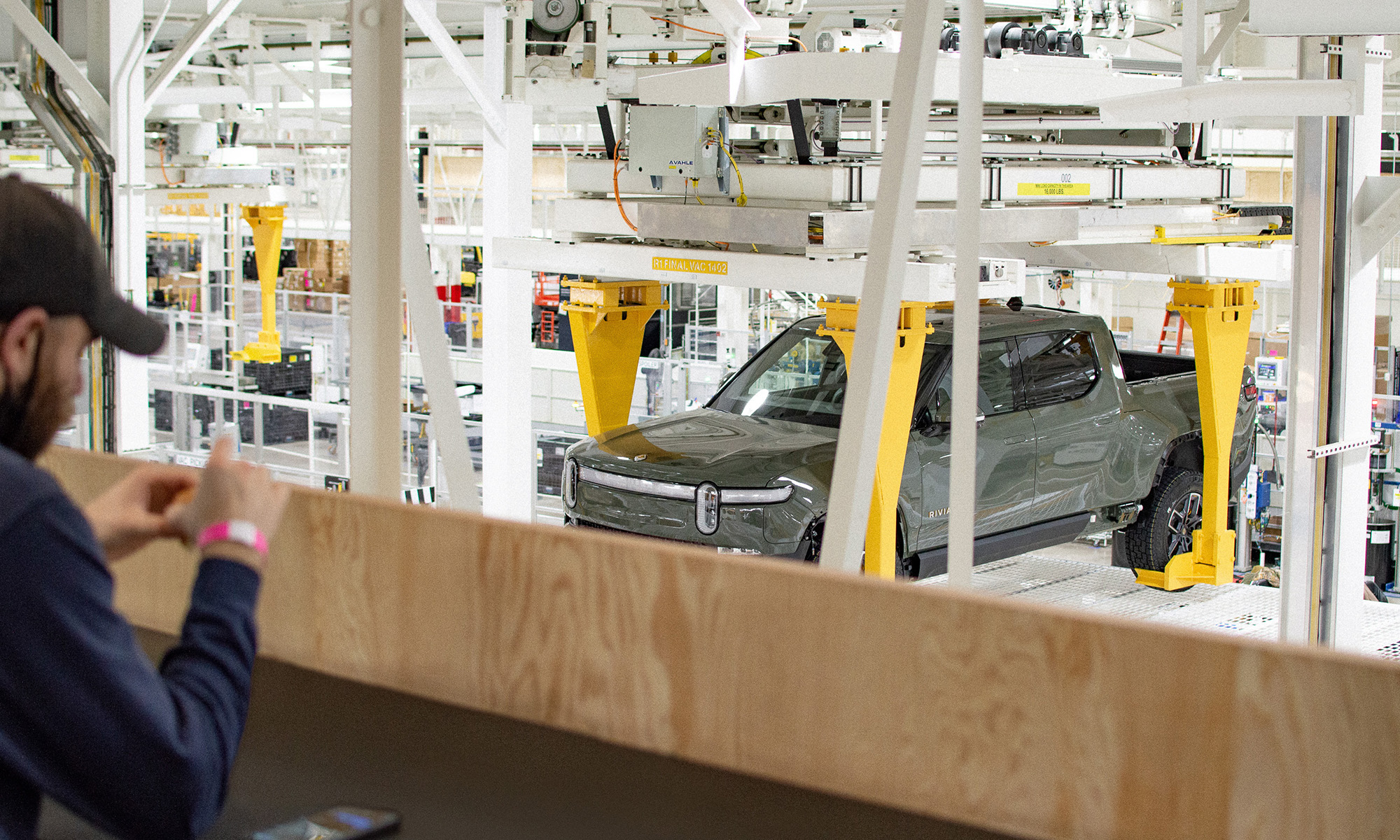Oftentimes, when a young company such as Rivian Automotive (RIVN 3.42%) slashes jobs, it's not a good thing. That makes it understandable for some investors to glance at headlines and assume Rivian is in worse shape than we all thought.
But let's slow down, bring in some of the numbers, and explain what's going on. Investors will feel much better in the end.
What's going on
A couple of weeks ago, Rivian laid off around 140 employees, or about 1% of its total workforce, according to TechCrunch. "We have made the difficult decision to reduce a small number of our salaried manufacturing employees as part of an ongoing effort to improve operational efficiency for R2," a spokesperson wrote to TechCrunch.
Right off the bat, as awful as it is for any job cuts, the small number is better for investors -- the automaker started the year with a little over 14,800 workers in North America and Europe. Investors can only hope that the efficiencies created are real and tangible because the company is heavily relying on its R2 to boost sales and help push the company toward profitability.
Rivian could use a boost in sales, as you can see in the graphic below. Also note the progress in gross profits despite the stagnating sales, which is due to its moves to cut costs and create efficiencies.

Data source: Rivian filings and press releases. Graphic by author.
Not on the graphic are Rivian's second-quarter delivery results, which declined 23% compared to the prior year. Rivian still confirmed its 2025 delivery guidance for between 40,000 and 46,000 vehicles.
The concern for investors is that Rivian is relying on a strong second half to hit its delivery mark, and that means more risk for investors. Rivian delivered 19,301 vehicles in the first half of 2025, down 30% compared to the prior year, leaving it needing roughly 24,000 cars in the second half of 2025. In other words, Rivian needs to boost its deliveries by 23% in the second half to meet the midpoint of its guidance.
R2 to save the day?
For investors, the R2 can't get here soon enough. With zero vehicle launches due before that point, 2025 sales are in a bit of limbo. It doesn't help that Rivian's sales stall comes at a time when the current government administration is making it clear it wants to push back on electric vehicle (EV) incentives.
The R2 could be huge for Rivian, and if we're honest, it really needs to be. If the R2 were to flop, it would bring up serious concerns about the company's ability to reach profitability anytime soon, if not worse. On the flip side, there are reasons to be optimistic about the R2's upcoming impact on Rivian.

Image source: Rivian.
You see, the R2 wasn't only designed to save on costs and open the door to a more price-conscious consumer; it was also built to take Rivian global. While Rivian will start production of the R2 in Illinois in the first half of 2026, it won't initially focus on deliveries overseas. That said, we should see the much-hyped R2 in Europe in 2027, and it could be a phenomenal market for the young EV maker, as Europeans love their SUVs as much as Americans do. On the bright side, Rivian is already laying the groundwork by building a sales and service infrastructure in Europe.

NASDAQ: RIVN
Key Data Points
What it all means
Are the optics of job cuts at a time when sales are declining a good look or comforting for investors? Of course not. Is Rivian's move to slash 1% of its workforce a red flag, though? Absolutely not. But what is important to investors is the success of the R2 and taking every reasonable cent of cost out of the vehicle and production operations.
Rivian has immense upside but is not an investment for everyone, and the risk of owning the stock is high. Still, if you believe in the R2 and beyond, 2025 might bring you a buying opportunity if the company doesn't hit its delivery goals.





